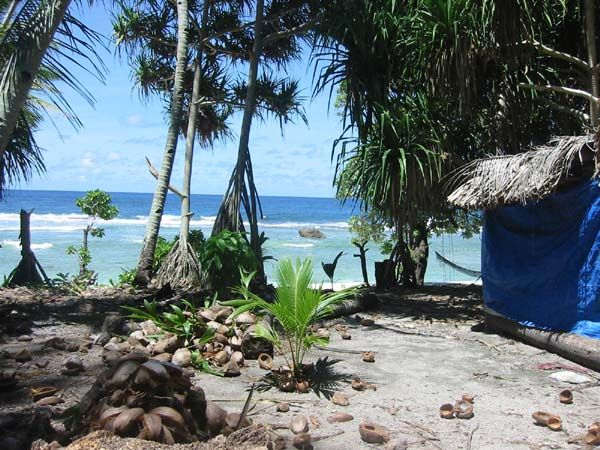Niulakita
Niulakita is Tuvalu's southernmost island, as well as the name of the island's lone community. Niulakita is home to 34 people (2017 Census). Niulakita inhabitants have relocated to the island from Niutao. Niulakita is represented in Tuvalu's Parliament by members of the Niutao constituency.
The discovery of Niulakita is attributed to visitors from Nui, headed by Kaunatu, who was returning people to Vaitupu when their canoe veered off course to the south and landed in Niulakita. On the islands, the only plants were saltbrush (Atriplex) and pukavai trees (Pisonia grandis). One of the passengers, Kaeula, passed away and was buried with the last of their coconuts planted at the head of his tomb. Kaunatu named the island after a location on Nui with the same name.
Niulakita was first seen by Europeans on August 29, 1595, when the Spanish navigator Alvaro de Mendaa visited it on his second journey. La Solitaria was the name given to the island. Two small vessels attempted to find a port in its southern half, but the bottom was uneven and rocky, so they abandoned their efforts.
Location: southern of Tuvalu









